It is necessary to start the prevention of varicose veins in the legs when the first signs of stretching of the vascular walls are detected. If therapy is neglected, the disease will continue to develop, leading to serious complications. Lifestyle changes are critical to preventing the development of varicose veins. The patient must balance the daily routine, review their wardrobe and nutritional system. We will inform you about all methods of preventing varicose veins.
The Causes of Varicose Veins
The prevention of varicose veins affects everyone, because each person is exposed to negative factors that cause the development of the disease. First among them is physical inactivity. Most modern people spend 80% of their time in the office. Being seated negatively affects the work of the muscular apparatus. Therefore, people who are thinking about how to protect their legs from varicose veins are forced to introduce daily gymnastics into their routine. The reasons for the development of the disease include:
- abuse of fatty and sweet foods;
- significant excess body weight;
- severe leg injuries;
- bad habits;
- taking hormonal medications;
- excessive loads on the legs.
Before you start to prevent varicose veins in your legs, you should determine your risk of developing the disease. There are certain groups of people who are more likely to suffer from this disease. They need to visit a phlebologist 1-2 times a year to prevent varicose veins.

Most vulnerable groups of people
Preventing varicose veins starts with determining whether you are a person prone to developing this condition or not. Only a phlebologist can answer this question exactly after assessing the state of the veins, but you can try to classify yourself. The following people are at high risk of developing varicose veins:
- with a hereditary predisposition to vascular diseases;
- women who have given birth and are pregnant;
- people involved in heavy physical work and who remain on their feet most of the day;
- women who constantly walk in high heels;
- lovers of spicy and excessively salty foods;
- alcohol abusers;
- people who like to take very hot baths go to the sauna;
- women with disordered disorders;
- people suffering from increased leg swelling.
How to prevent varicose veins
How to avoid varicose veins by 100%, doctors won't be able to tell, tk. there is no such way. You can follow all the doctors' recommendations but still face this disease. On the other hand, the implementation of preventive measures contributes to the normalization of bodily functions and blood flow, which significantly delays the development of the disease. The most effective ways to prevent the progression of varicose veins are:
- PE;
- wear comfortable shoes;
- Balanced diet;
- normalization of body weight;
- fitness;
- wear compression socks;
- performing a foot massage;
- choice of work with more normal working conditions.
Of course, not all recommendations can be immediately implemented in practice, but everyone can eat less fatty foods and exercise 20 minutes a day. Don't be fanatical about disease prevention, because in your quest to improve the condition of your blood vessels, you can seriously injure yourself.
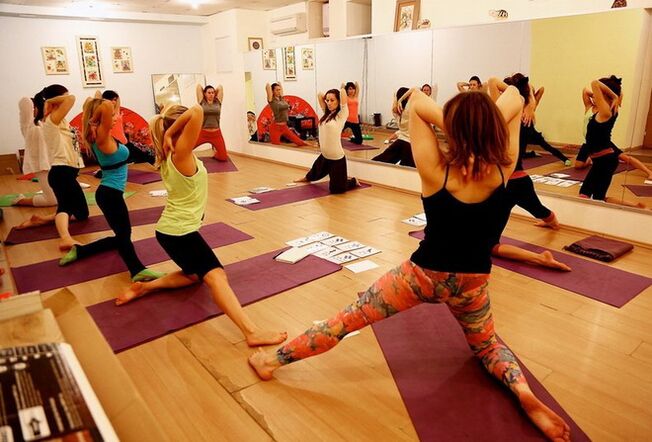
moderate activity
Working out with free weights and very intense physical activities will not help fight varicose veins. On the contrary, they cause the destruction of the valves and the stretching of the vascular walls. Preventing varicose veins involves performing specialized exercises that normalize blood flow. Classes should be taught at a strong pace and not cause pain. Sports methods for preventing varicose veins include:
- water aerobics and swimming;
- jogging walk;
- easy run;
- stretching.
quality shoes
To prevent varicose veins, many doctors recommend the use of orthopedic insoles. Contribute to an even distribution of load when walking. An important aspect is the shoes themselves. To prevent varicose veins on your legs at home, you can wear sneakers with an instep support. The type of insole and the height of the climb must be chosen by the doctor. The shoes purchased must meet the following characteristics:
- Do not wear flat soles and heels over 6 cm tall.
- Sit good in leg. Loose shoes make you more likely to hurt your ankle, and pressing down will cause poor circulation.
- The sole / heel must be stable. Even summer shoes should have a non-slip coating.
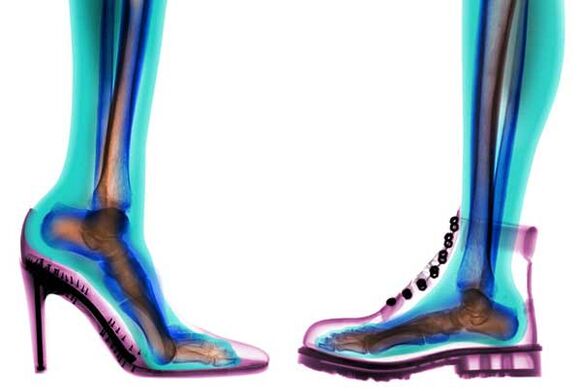
proper work
When it comes to preventing varicose veins in the legs, doctors recommend normalizing work and rest. For many patients, this is due to a change in job or specialization. Not everyone agrees on taking such a radical step, but if you are now busy with a job, when choosing a new job, try to consider the following recommendations:
- The work must not be associated with heavy physical work.
- You cannot stay in one position for 7-8 hours. Look for companies where employees can get up every 2-3 hours and do small warm-ups.

In general, any job can be adequate by warming up every hour. If you don't want to change your industry or specialty, you can simply focus on physical education in the workplace. The main thing is not to allow the increase of blood in the lower part of the legs, caused by the immobility of the leg.
proper nutrition
If you have ideas about how to avoid varicose veins in your legs, pay attention to your diet. People who overindulge in fatty, salty, and very sweet foods are more likely to suffer from this disease because they are more likely to have high cholesterol and overweight. To normalize bowel function, you need to eat lots of fiber-filled vegetables. If you've barely eaten raw carrots or cabbage so far, you shouldn't immediately consume them in pounds. Just eat 300 grams of these vegetables a day.
People prone to varicose veins need to be careful to maintain water balance. At least 1. 5 liters of clean water should be consumed per day. Juices, soups, teas are not included in this standard. They are perceived by the body as food, so they are quickly excreted by the kidneys and intestines. It is undesirable to use uncarbonated water. If you are prone to varicose veins, carbonated and sugary drinks should be excluded. A similar rule applies to drinks with a high caffeine content.
weight normalization
Maintaining a normal body mass index is important for preventing varicose veins. Simple physics works here. The more weight a person has, the stronger the pressure on the vessels. Of course, you need to compare body weight with muscle volume, height and your own physique. With the same height, the difference in weight of the mesomorph and the ectomorph can reach 15 kg.
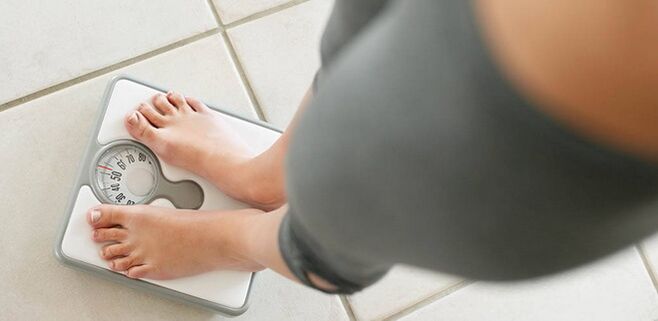
If you decide that the amount of fat in your body predominates over muscle, cut calories in your daily diet. This approach will allow you to lose weight without feeling strong cravings for food. If you change your diet drastically, it will lead to meltdowns and gaining mass again. To reduce calories in your daily diet, you should introduce more fiber-containing vegetables. They not only help you lose weight but also help to normalize your digestion.
rejection of bad habits
The prevention of varicose veins in the legs affects all areas of human life. Bad habits are also on this list. Smoking, alcohol and a tendency to overeat damage your blood vessels. This also includes a state of constant stress. While overeating is relatively easy to deal with, a strong addiction to alcohol and tobacco requires medical attention. A hobby or group therapy session can help relieve stress.
unloading gymnastics
In the prevention of varicose veins in the legs, it is essential to carry out exercises that help to relieve excessive tension in the muscles of the lower extremities. The maximum duration of these exercises is 5 to 10 minutes. Doctors recommend doing them at least once a day, but preferably twice a day. The following physical activities are considered useful:
- Exercise bike. Lying on a firm surface, lift your legs and begin cycling. If you can't immediately interact with your legs one by one, just take turns pulling them against your body.
- Foot flexion / extension. The exercise is performed in a sitting position. It is necessary to perform 20 movements with each foot.
- Rolls from heel to toe. They also contribute to blood scattering if the person is sitting for a long time.
- Climb up to your toes. First, the actions are performed simultaneously with two legs and then alternately. At the highest point you should stay for 10-15 seconds and then return to starting position.

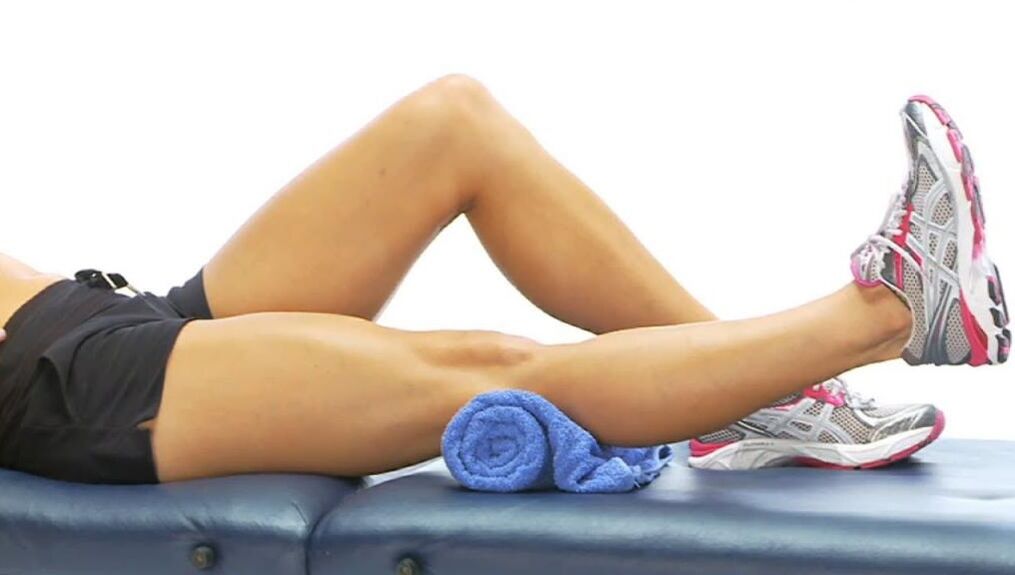
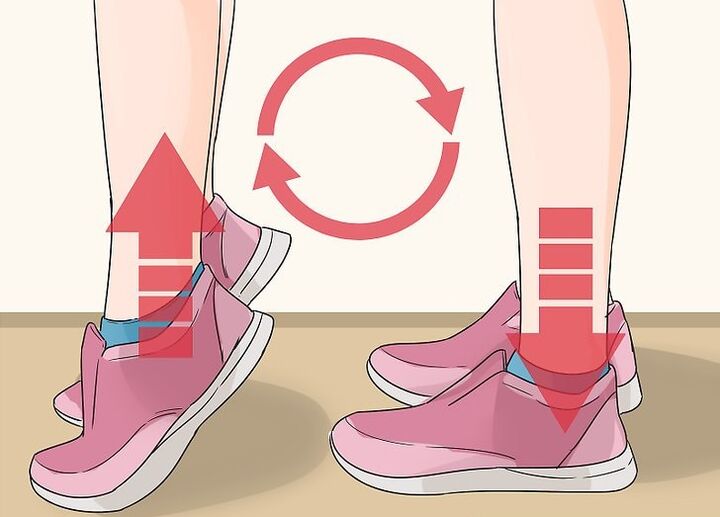
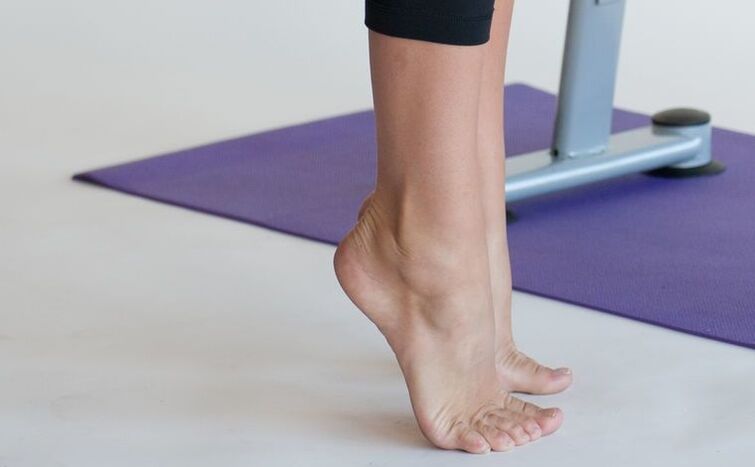
Feet massage
If you're not sure how to prevent varicose veins in your legs, try a gentle massage. By itself, the reflex effect on the skin and blood vessels has a tonic effect throughout the body. Due to short manipulations, blood and lymph flow increases, epithelial nutrition is normalized. Foot massage can be performed independently or entrusted to a specialist. With a predisposition to varicose veins, pressure and pinch movements should be avoided during the procedures. Self-massage is performed as follows:
- The patient should sit on the floor or bed/sofa, slightly bending the knee.
- The rubbing movements should be done from the toes to the lower leg.
- The foot should wrap around the toes so that the thumb is on the back of the foot and everything else is on the inside.
- The curled segment in your hands should be lightly pressed, moving slowly towards the upper leg.
- The lateral surface of the heel should be wrapped with the toes on both sides and then squeezed for a few seconds. Next, you need to move from the Achilles tendon to the knee.
- The procedure ends by stroking the feet.
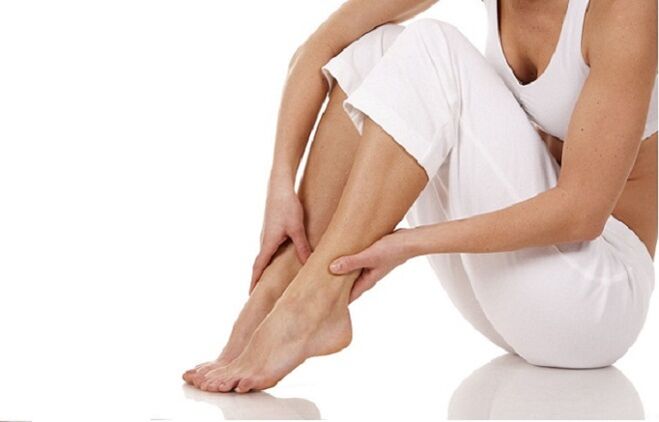
compression garment
The means of preventing varicose veins are different. Compression therapy is also one of them. If you wish, you can attend specialized physiotherapy procedures, when pressure impact is performed with specialized equipment, but it is easier to purchase medical socks and tights.
Compression socks must be selected individually. In the absence of predisposition, simply wear underwear with an initial degree of compression. If you have symptoms of varicose veins, your doctor should handle your shirt selection. The recommendations for choosing medical clothing are as follows:
- It must be comfortable. If you feel uncomfortable on the first try, then this underwear is not right for you.
- The compression class should be in accordance with the doctor's recommendations. If you've been told to wear first class compression socks, then you can't buy knee-high socks.
- The products must be of high quality. It is better to buy compression stockings in specialized stores, not in the market or any other point of sale, because there is a high probability of finding a fake, which will spread over time and will no longer have a therapeutic effect on the legs.
Additional recommendations
Measures to prevent varicose veins include the use of specialized external cosmetic products (gels, creams, etc. ). They cool the surface of the legs, which contributes to the natural contraction of blood vessels. People prone to varicose veins in their legs need to avoid straining the muscles in the lower extremities. Hygiene is important to prevent the onset of disease. It is recommended not only to clean the skin on your legs well, but also to take a contrast shower. It also has a local irritating effect on blood vessels, which improves skin tone.
How to stop varicose veins
Prevention and treatment of varicose veins are closely related. The spread of the disease can be stopped in the early stages with the help of drugs and alternative therapy, but with a rapidly progressing disease, only surgery can help. A phlebologist must develop a treatment plan for a patient with varicose veins. It is impossible to independently select medications and engage in any oriental practices. Any rash can worsen the condition of the blood vessels.
drug therapy
The drugs are able to stop the development of varicose veins at an early stage. As a rule, the disease starts to form because the vessels do not have enough nutrients to maintain the elastic walls. In this case, an increase in blood accumulation in the extremities is often observed. Venotonics / phlebotonics - drugs that improve the flow of fluid through the legs. They also help to restore vascular walls. They are:
- Natural;
- Combined;
- synthetic;
- based on rutoside.
With high blood viscosity, patients are prescribed heparin medications. They help to improve blood flow, but are contraindicated in people who are prone to bleed.
Nonsteroidal anti-inflammatory drugs help to reduce pain in the second stage of varicose veins. They also help to relieve the itchy and burning sensation that usually accompanies this illness. External remedies promote skin healing. The duration of medication use should be determined by the doctor, but generally the standard course of treatment is 6 to 8 months, so you should not expect all symptoms of the disease to go away within 2 weeks of taking the medication.
traditional therapy
In the early stages, the disease is not considered life threatening, but neither should it be left adrift. Sclerotherapy is a traditional minimally invasive method of preventing the development of varicose veins. It can be used to remove stars and small vases. Traditional therapy includes:
- ecosclerotherapy;
- microsclerotherapy;
- thermocoagulation;
- electromagnet therapy;
- darsonvalization;
- electrical stimulation;
- Manual lymphatic drainage;
- the use of elastic leg compression;
- hydrotherapy;
- balneotherapy;
- pressotherapy.
All of these techniques help to prevent the disease from developing. They activate the natural process of vascular regeneration.
unconventional methods
You can improve the condition of your legs with the help of mud therapy. The patient must remember that the wraps should only be cold. Heating the veins with varicose veins is very harmful to the body. Ayurveda helps to get rid of the chronic stress that causes blood vessels to stretch. This is one of the varieties of alternative medicine, built on the Hindu philosophical system. Several plants are used there as medicines. Non-traditional methods of treating varicose veins include:
- yoga;
- homeopathy;
- naturopathy;
- Tibetan gymnastics.
Surgery
With varicose veins in the lower extremities, the most effective way to normalize blood flow is a specialized operation. Perfect methods of surgical treatment of the disease are characterized by minimal invasiveness and a quick return of the patient to normal life activities. They allow you to completely get rid of the affected veins, which slows down the development of the disease. Modern methods of surgical treatment of varicose veins include:
- short pickling;
- videoendoscopic surgery;
- microphlebectomy;
- laser coagulation;
- venectomy;
- saphenectomy.
These methods are most often used to treat varicose veins. The surgical method for removing the vessel is chosen by the doctor based on the size of the vein and its general condition. Sometimes it is only necessary to cut off part of the vessel, and sometimes it is necessary to eliminate it completely and create an alternate channel for blood flow.
popular method
Folk remedies that improve the condition of the veins are divided into external and internal. If you are unsure whether high platelet counts are causing varicose veins to develop, then the use of various dyes should be postponed as they contain plant decoctions that help to thin the blood. Effective external remedies for varicose veins:
- Coniferous salt baths. 300 grams of dry matter are added to hot water and then immersed in it. If pine salt is not sold in your area, you can substitute baking soda. It is recommended to take these baths 2-3 times a week.
- Apple cider vinegar pills. The product is diluted 1 to 1 in water and applied to the skin. From above, the leg is wrapped with bandages and then everything is fixed with plastic wrap. You can simply apply apple cider vinegar 2-3 times a day. This irritates the veins.
- Rub with horse chestnut. A ready-made tincture based on this plant can be purchased at a pharmacy or you can prepare it yourself. In the latter case, you will need grain with the plant's husk. 400 grams of dry product is poured with 1. 5 liters of vodka and then infused for a week in a dark place. After the dye is ready, they start cleaning the parts of the legs that are damaged by varicose veins.
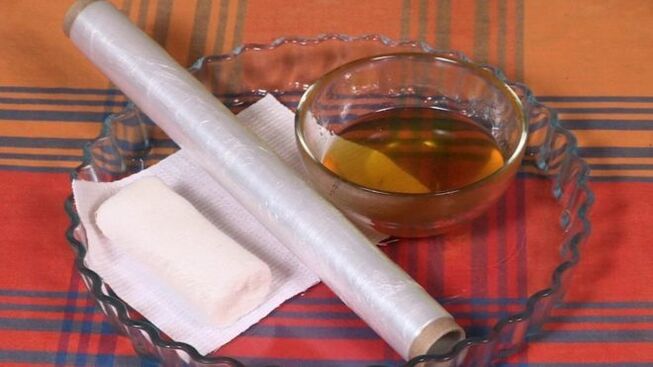

Prevention forecast
In women with a low predisposition to the development of the disease, during the prevention of varicose veins in the legs, it develops in only 5% of cases. The disease is mild, so it can be treated quickly. With moderate predisposition to the disease, the disease occurs in 30% of patients. More often than not, it is a mild to moderate form of the disease. With a pronounced tendency towards varicose veins, the disease rapidly progresses to a medium form. Without prevention, the disease quickly becomes serious, which greatly complicates further treatment.
Clinical examination of the population
All citizens can have a free medical exam. In general, not every medical exam is important, just a visit to the surgeon and the results of a general blood test. The surgeon may first notice changes in the vessels and then refer you to a phlebologist. Also, you must be careful if platelets predominate in the impression of a general blood test, you need to visit a phlebologist. This could indicate vascular thrombosis.
How To Avoid Varicose Veins During Pregnancy
During the transport of a baby, the load on a woman's internal organs is greatly increased. During pregnancy, the risk of developing varicose veins in the legs, small pelvis, and external genitals increases. Especially the danger increases in the II and III trimesters, when the fetus starts to grow actively. A phlebologist can tell you in detail how to prevent varicose veins in the legs of pregnant women. All preventive measures must be initiated with a consultation with him. Doctors recommend a woman in a position:
- wear comfortable shoes with low heels (fully flat soles are also harmful);
- try not to drink too much fluid;
- going to water aerobics for pregnant women;
- more often I position my legs during the day;
- use compression and support jersey.
Why Disease Prevention Is Important
It is much easier to think about how to prevent varicose veins in your legs than it is to deal with treating a disease that has already formed. Many people who suffer from this disease have a genetic predisposition to develop it. The main objective of preventive measures is to maintain the normal state of the vessel. This can be done in different ways. All preventive measures can be divided into 2 types:
- aimed at people with a hereditary predisposition to the disease or in unfavorable working conditions;
- intended for patients suffering from any stage of varicose veins.
Approximately 80% of phlebologists believe that preventing a disease is much easier than treating it, so all conscientious citizens should devote at least 10-20 minutes a day to caring for their feet.




































